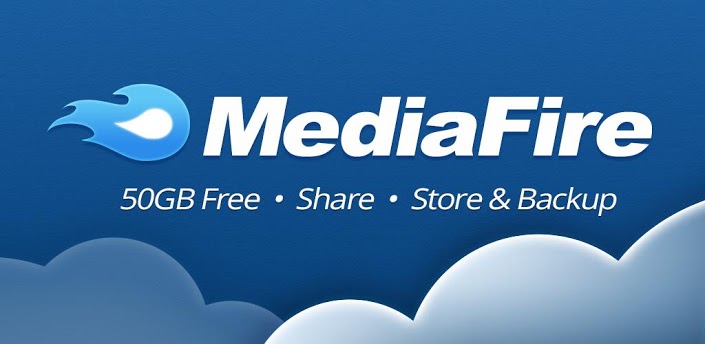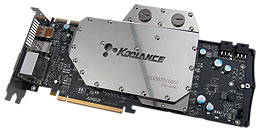We promised to bring you all the latest news of EA and today we’ve got a
major announcement to share. I’ve been lucky enough to watch the
progress on this from behind-the-scenes for months and I’m thrilled to
be able to unveil EA’s newest brand to you today – Origin is here!
With Origin you will get access to the best content EA has to offer,
across multiple platforms, anytime you want. Origin will also help you
stay connected with your friends in our growing online community. And
later this year, Origin will be the destination where you can purchase
and download highly-anticipated EA games, including Battlefield 3 and
FIFA 12.
www.origin.com is your new
destination for browsing, buying, downloading and playing your favorite
games. You’ll get the best content from EA – on a PC or a mobile device –
directly from Origin. At launch, you’ll be able to set up an Origin
account and immediately connect with your friends.
Also launching today is the Origin beta application. Available for download at
www.origin.com,
the Origin beta is a desktop application that will be your direct
connection to the best content from EA and offer the ability to create
and manage your own personal community of gamers. Through the Origin
application, users will be able to find and connect with friends, see
what they are playing, and digitally download and play PC games straight
from EA.
With Origin, you’ll no longer have to constantly swap out discs or
shuffle through stacks of games – everything will be available right in
your account. Even if you buy a new computer or are away from your home,
you’ll always be able to play your favorite EA games with Origin.
Origin will also be available on the go with a mobile platform that
gives you access to your profile and lets you connect and play with
friends in EA’s leading smartphone titles, including SCRABBLE and the
upcoming mobile version of Battlefield 3. In the future, mobile gamers
will also be able to see which games their friends are playing, as well
as compare high scores and compete for bragging rights.
After EA’s press conference next week at the E3 Expo in Los Angeles,
you’ll also be able to access exclusive game content and trailers for
Mass Effect 3, FIFA 12, SSX, Need for Speed: The Run, STAR WARS: The Old
Republic, The Sims 3 and Battlefield 3. EA’s E3 press conference is
scheduled for 12:30PM PST on June 6, 2011. Be sure to watch the live
stream right here on EA.com.
See you there!









.png)
.png)
.png)
.png)
.png)
.png)


.jpg)
.png)
.png)
.png)
.png)
.png)
.png)
.png)
.png)
.png)
.png)
.png)















.png)
.png)
.png)
.png)
.png)
